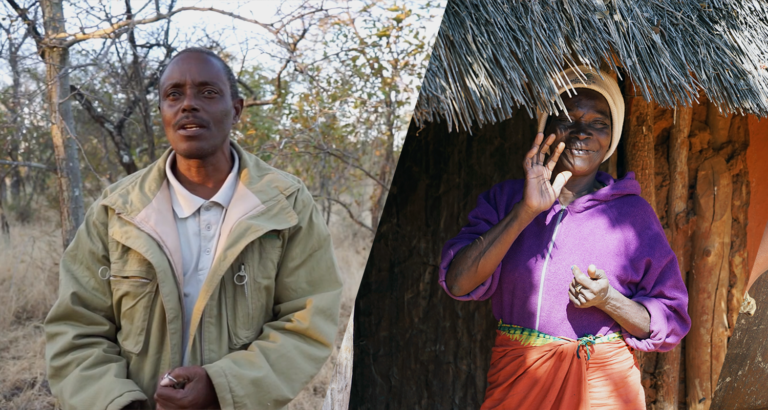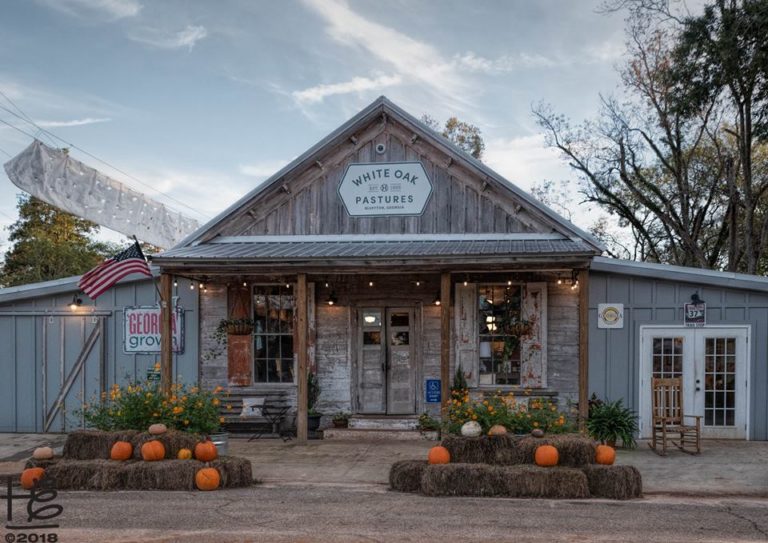Few things are as deeply rooted in humans building community as congregating over a fire to cook meat and enjoying it together. In ancient cultures, the elders always got first dibs at the most tender cuts, as it was not uncommon to lose some teeth along the more primal journey of life.

In his book, Steak – One Man’s Search for the World’s Tastiest Piece of Beef, author Mark Schatzker says, “nothing that humans have ever put into their mouths in the name of nourishment has been the subject of such devotion, such flights of gastronomic ecstasy, or such grave connoisseurship as this most adored of meats.”

Do you know where your steak came from? Do you know how old the bovine was at slaughter? Do you know if it was male or female? What kind of diet did it eat; and at what time of year? Was it a grassfed animal finished on tender spring grasses from the Midwest, or irrigated summer pastures from California? There have been 340 distinct flavor compounds identified in beef, wine has 386.

So while you may have never thought about the terroir of your steak, maybe you should. The same way you’ve probably learned to identify at least a few varietals of wine that you like, even if you’re not a wine connoisseur, you might start educating yourself as to what kind of flavors you like in meat. Do you prefer milder flavors with subtle complexities, or do you prefer bold, robust meat flavors that announce themselves with confidence.

As meat becomes less commoditized, more local, and more differentiated, just understanding these simplest of differences in your own preferences, the analogous red vs. white in wine terms, will help you navigate the new world of celebrating meat-with-a-story. For those who want to become a “sommelier” of meat, learning about breeds, dry aging vs. wet aging, and local grass growing cycles will be the next logical step.

Where do you find superb meat of this sort to satiate your distinguished palette? The local farmers market can be a great first step, as most markets in the country now have at least one local meat vendor. But an even better choice might be to research the various grassfed producers in your state. The most comprehensive national list is EatWild’s Grassfed Meat Producers Directory. Reaching out to our Savory Hub Network is another invaluable tool to learn more about ranchers in your area.

I highly recommend building a relationship with a couple of local ranchers. Explain to them that you want to learn more about the variability in meat and ask them to help you select comparable cuts that came from animals harvested at different times in the year, maybe from different breeds, and different finishing styles. Then starting asking about their land health. Ask if they know of Allan Savory’s work and are doing “planned grazing,” which surprisingly enough, involves actually doing the plan and regularly updating it. Then ask them what kind of things they measure to track their land’s health. Are they measuring nutrients and life in their soil, water infiltration rates and water holding capacities? Are they monitoring wildlife populations? What changes have they seen over time? You might be surprised how much a good rancher can tell you about their land. If they are direct-marketing their own meat, they’ll most likely welcome your enthusiasm.

A couple of tips, which could each easily warrant their own lengthy posts (but that’s for another time): don’t worry about fresh vs. frozen. You’ll quickly hear from your new rancher BFFs that grass is a seasonal crop like anything else that grows from the ground and if you want to eat premium beef year round, finished at the right time for your local area, you’ll need to embrace the magic of freezing meat – it’s been proven that virtually no quality in the meat is lost if the product is frozen and stored properly. Also, if you find yourself quickly becoming a local grassfed meat junky and that your having to pawn your cherished treasures to feed your habit, consider buying a quarter or half a beef; it’s MUCH more economical – almost on par with conventional feedlot beef from the grocery store. But you’ll be buying in bulk for the whole year; so don’t make such an investment until you’ve put in the time to learn what you like.

So whether you prefer your meat slow-smoked, cooked in a well-seasoned cast-iron pan, grilled over a wood fire, or injected intravenously – with a little shopping around you can start to learn what you like and what you don’t. Grab a knife-and-fork and enjoy; Cheers!





